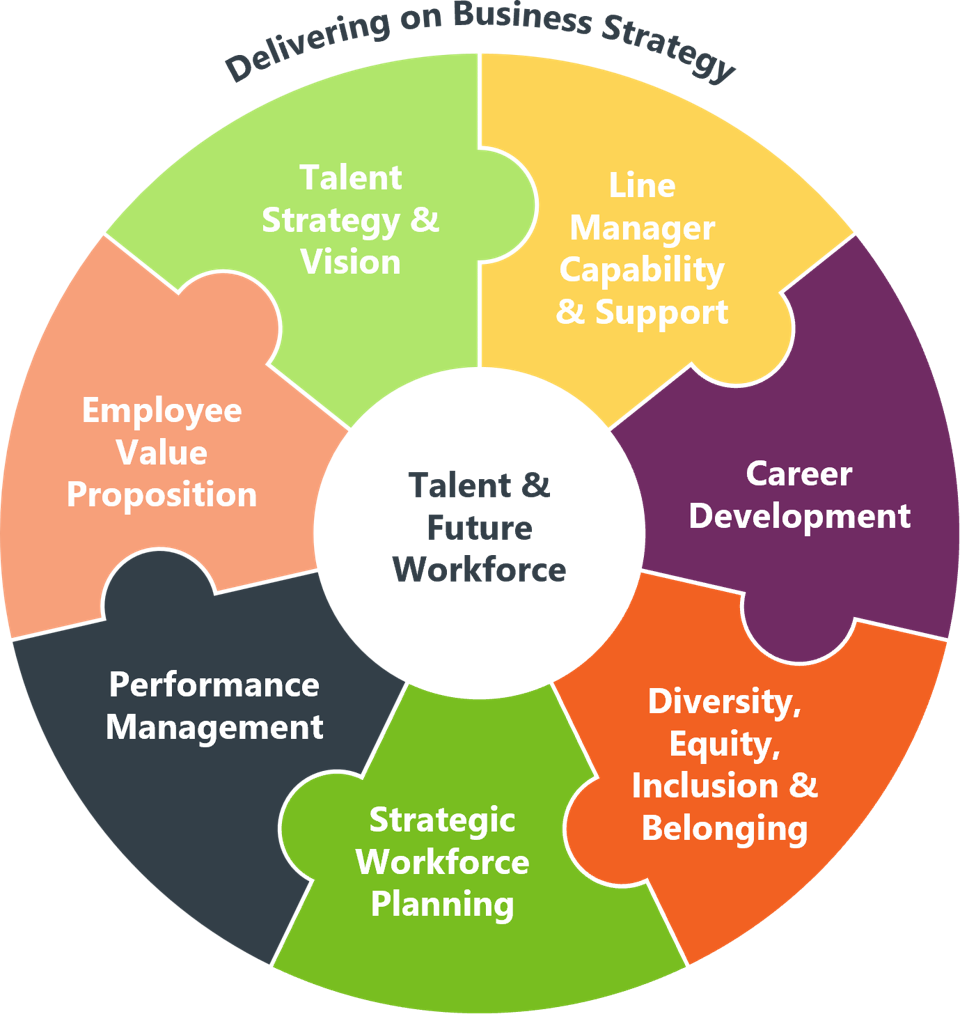
Recently our team had the privilege of joining the OUBEP Diversity Day at the University of Oxford. This thought piece shares our learnings and reflections from the event, which focused on the challenges and opportunities associated with workplace inclusivity and pay equality, enhancing our understanding of the economic complexities inherent in today’s business landscape.
Reading time: approx. 4 minutes
The world of work is evolving rapidly, presenting both challenges and opportunities in the pursuit of truly inclusive workplaces and equal pay. At Q5, we recognise the importance of addressing the gender pay gap while adapting to the evolving dynamics of family life and the increasing prevalence of hybrid working.
A key takeaway from the latest research and our discussions was the significant and remaining impact of the “child penalty” on women’s careers and pay, perpetuating structural barriers to equality. This underscores the importance of continued efforts to create fair and equitable workplaces for all.
Despite significant progress in women’s education and their entry into the workforce, the gender pay gap remains stubbornly persistent. In the UK, women continue to earn around 40% less than men (women earn 60p for every £1 by a man), with factors such as reduced participation, fewer hours worked, and lower hourly rates of pay contributing to this disparity. This gap often widens after women have children, as they take on the bulk of unpaid childcare responsibilities, leading to decreased participation and pay. The setback in career due to parenthood is only evident in women, and sometimes it even has the opposite effect on men’s careers.
Research tells us that women spend three times more time on childcare than men. Economically, the consequences of this are visible as the “child penalty”, significantly impacting women’s careers and pay, perpetuating structural barriers to equality. Interestingly, the gender pay gap is not observed to the same extent in gay couples, where both partners tend to experience a smaller decrease in pay, with participation and pay bouncing back over time.
Other contributing factors to the gender earnings gaps include parental death and sexual harassment. Further impacting the pay gap, women tend to be disproportionately affected by parental death, with maternal death accounting for up to 10% of the gender earnings gap, further hindering their participation and pay. Sexual harassment contributes to the gender earnings gap. Additionally, perpetrators of workplace violence face weaker employment impacts when victims are female, potentially explained by power dynamics. The promising finding is that the composition of management can reduce the broader impacts on the firm. Specifically, findings suggest that differences in the management of colleague violence among firms could mediate or accentuate the impact of violence on the wider workforce. Female managers appear to mitigate the impact of male-female workplace violence on other female employees within the firm by being more inclined to terminate the perpetrators.
The pandemic has accelerated the adoption of flexible and hybrid working, which are here to stay and represent the future of today’s work reality. These arrangements have been touted as a solution to increase women’s participation and retention in the workforce. While they do encourage greater participation, they do not fully address the gender pay gap, as women are still paid less on average for the same work. Moreover, they can lead to missed opportunities for career advancement, as the prevailing mindset still equates presenteeism with productivity. Further, hybrid and flexible working arrangements can lead to biases such as Availability Bias, where leaders may favour those who are physically present more often, affecting decisions related to stretch assignments, pay, and promotions. These biases need to be identified, tested, openly discussed, and addressed through actions such as learning and process improvements.
When evaluating various work arrangements, it is evident that different models come with both benefits and costs. For example, studies show that remote work increases retention. Also, zero-hours contracts have introduced new challenges, with turnover rates considerably higher than permanent positions. Despite conventional wisdom, most individuals on zero-hours contracts do not wish to transition to permanent roles. Further, in-person interactions seem to foster innovation and collaboration, rather than productivity. Therefore, companies should focus on creating opportunities for collaboration as part of their hybrid working strategy, rather than solely focusing on return-to-office policies driven by assumptions about productivity.
Regarding recruitment practices, while messaging in recruitment and flexible work arrangements can attract more women, it may come at the cost of lower pay. Industries must innovate their recruitment strategies to attract diverse talent and foster inclusivity in traditionally female-or male–dominated fields.
When considering job design, organisations should ask themselves if they are perpetuating this structural barrier to equality. Organisations such as P&G have implemented initiatives to address gender inequality, with strategies ranging from job sharing to diverse recruitment practices. However, there is still a need to re-evaluate job design, as many roles were created with a male-centric perspective that does not account for family responsibilities.
Finally, government and firm policies play a crucial role in facilitating women’s exit from the workforce and the lack of childcare options upon return. Organisational policies around parental leave for both parents, leadership role modelling as well as family-friendly workplace arrangements can help shift the gender norms of today’s society. For example, countries with more equitable parental leave and access to childcare see a reduction in this penalty. As a policy, evidence indicates that shared parental leave only proves to be impactful where it has been actively enforced, such as in Finland, where parental leave is enforced through a ‘use it or lose it’ incentive. However, it does not seem to be utilised by men when it’s merely a policy option. Furthermore, community-based models, centre-based care, and high-quality and affordable childcare that are tailored to fit within the typical working hours of a job have been proven to address the gender pay gap.
At Q5, we partner with clients to understand their workforce’s needs, shape an employee value proposition (EVP) that reflects those needs, address biases in the workplace, bridge cultural gaps hindering inclusivity, address norms and behaviours that prevent the desired culture through behavioural science, and train leaders in inclusive behaviours and practices. We also support clients to design jobs that foster equality.
Together, we can address the challenges of the ‘child penalty’ and foster a truly inclusive workforce in a hybrid and flexible work environment.

Reach out to learn more about how we can support your Talent and Future Workforce, Culture Change and Leadership Development.

Director of Purpose and Sustainability

Senior Consultant
Q5 resources:
A huge thank you to OUBEP for the session’s fascinating insights and to the contributing authors and speakers: Barbara Petrongolo, Alison Andrew, Morten Thomsen, Hyejin Ku, Alexia Delfino, Ekaterina Hertog, Diva Dhar, Lily Rodel, Nikhil Datta, Abi Adams-Prassi, Mathias Jensen, Kate Tojeiro, Vincent Barnes, Duro Oye, Tina Seymour, Ivona Hideg, Claudia Olivetti, Alex Teytelboym.
Other Resources suggested by the event and researchers: Flexible Work and Inflexible Care Reading List – OUBEP – Business Economics Programme (ox.ac.uk).
